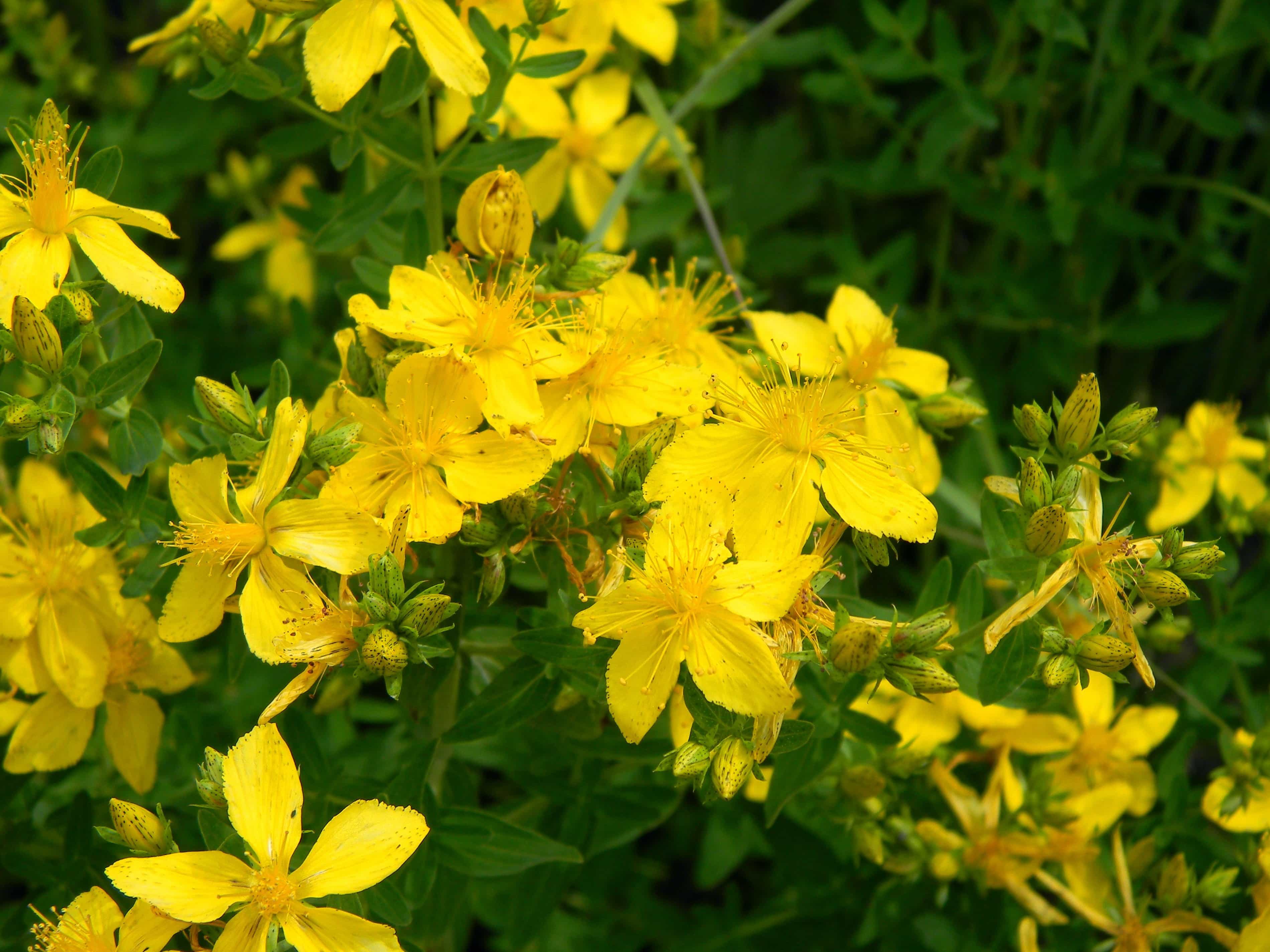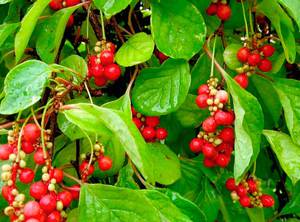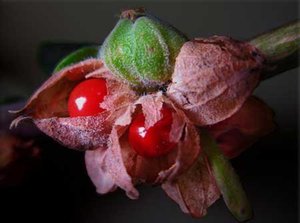 Ashwagandha is a shrub plant whose medicinal properties have been used by Indian healers since time immemorial. The first "advertising" mention is first encountered in the Kamasutra, and ancient manuscripts are replete with recommendations for curing almost all diseases, people with the constitution of Vata, Vata-Pitta and Vata-Kapha.
Ashwagandha is a shrub plant whose medicinal properties have been used by Indian healers since time immemorial. The first "advertising" mention is first encountered in the Kamasutra, and ancient manuscripts are replete with recommendations for curing almost all diseases, people with the constitution of Vata, Vata-Pitta and Vata-Kapha.
Content
Horse power of Indian ginseng
Ethiopian agol, sun-leaved physalis, winter cherry, Indian ginseng. All other names for ashwagandha (Indian pronunciation) clearly characterize the similarity of its parts with the listed plants.
Horse sweat-smelling root, is not just analogous to ginseng. A unique combination of medicinal substances endows preparations made from root extracts with unique properties and a wide range of effects on the human body, while the list of contraindications is very short and laconic.
Ashwagandha is a perennial shrub with dark green, egg-like leaves. During the flowering period, many small, white, with thin greenish veins, flowers bloom, which then turn into "physalis" fruits - a red, round, fleshy berry is covered with an openwork lantern. The height of the plant depends on the habitat: low-growing plants (35–50 cm) are found in the south of North America; medium-sized - in the Mediterranean and the Middle East; tall (up to 2-3 m) - in India and Pakistan.
Chemical composition of medicinal raw materials
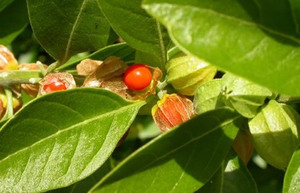 To this day, in the Ayurvedic practice of preparing medicines from ashwagandha, use all parts of the plant - roots, bark, leaves, fruits and seeds. Modern traditional pharmacology, so far, has mastered the production of capsules based on root extract.
To this day, in the Ayurvedic practice of preparing medicines from ashwagandha, use all parts of the plant - roots, bark, leaves, fruits and seeds. Modern traditional pharmacology, so far, has mastered the production of capsules based on root extract.
The main substances for which ashwagandha is so valued belong to the group of highly active phytosteroids - Vitanolides (Vitanones). These special, free nitrogen compounds even got their proper name from the Latin plant name Withania somnifera. Chemical analysis shows that in the roots of ashwagandha, free vetenolides (90%) dominate over all other vetenolides. Due to its high metastatic activity, this substance may inhibit the growth of cancer cells and contributes to:
- normalization of the functions of the hypothalamus and the activity of neurons in the brain;
- accelerating the decay of adrenaline;
- protection of cell membranes, transferring glucose oxidation to the aerobic pathway in tissues lacking oxygen;
- elimination of seizures.
The antitumor effect of Vetaferin-A was proven empirically as early as 1965. Studies on laboratory mice showed a high inhibitory (80%) effect. In 20%, cancer cells have disappeared completely.
University of Pittsburgh research published in Public Library of Science (2014) proves - vetaferin-A, acting on the areas of the central part of the brain, causes an increase in the accumulation of glutathione.Double-blind testing of the drug, with a daily intake of 250 mg of ashwagandha root extract, showed excellent results - an increase in concentration by 80% and a decrease in forgetfulness by 60%. These indicators have spurred new research into the use of ashwagandha in the treatment and prevention of Parkinson's and Alzheimer's diseases.
The steroid lactones present in the plant help everyone in their own way. In men, the production of seminal fluid is stimulated, the development of adenoma is suspended, testosterone levels, sperm acidity and colloidal balance are normalized. In women, with a long course of administration (5–6 months), the balance of sex hormones is restored and the menstrual cycle is stabilized.
The presence of natural antibiotics can significantly suppress the reproduction of pathogenic bacteria - strepto-, staphylo-, gonococci and colibacteria.
The remarkable combination of amino acids, glutamic acid, glycosides and oligosaccharides allows oral preparations to exhibit antiviral and immunoregulatory properties.
Ashwagandha phytosterols, in a special dosage and with a special regimen, exhibit anabolic properties - they activate protein synthesis and accelerate the development of muscle tissue.
Finished preparations
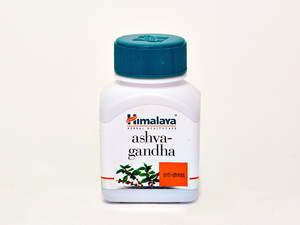 In India, traditional Ayurvedic forms of ashwagandha preparations are used - powder, medicated oil, paste, tincture and decoction... In modern pharmacies around the world, capsules are sold with extracorrected powder from the root. The most popular internationally certified firms are Himalaya Herbal Healthcare, Life Extension, Jarrow Formulas, “Sensoril®” and KSM-66.
In India, traditional Ayurvedic forms of ashwagandha preparations are used - powder, medicated oil, paste, tincture and decoction... In modern pharmacies around the world, capsules are sold with extracorrected powder from the root. The most popular internationally certified firms are Himalaya Herbal Healthcare, Life Extension, Jarrow Formulas, “Sensoril®” and KSM-66.
The dosage depends on the type of disease, constitution and age of the person. For the therapeutic effect, consultation and dosage from the attending physician is required. For prophylactic purposes, without the prescription of a doctor or a sports specialist, the drug is taken daily in 1 or 2 capsules, depending on the indicated concentration of active substances in the capsule.
Recommended prophylactic course: in the first month - 14 days and in the next 5 months - 7 days, 600 mg per day. Take before or 1 hour after a meal, while always drinking it with milk, eating honey or ghee.
The contents of the capsules can be used and for outdoor useby adding ashwagandha powder to masks for the face, décolleté, scalp and as an additive to ointments for edema. Ashwagandha astringents make the skin of the face as smooth as Chinese china.
Therapeutic effect
Ashwagandha, alas, is not a panacea for all diseases, but a wide range of its healing effects really impressive:
- suppresses and stops the development of certain types of cancer cells;
- prevents the development of benign tumor formations, including fibroids and mastopathy;
- maintains normal plasma glucose levels and blood lipid profiles;
- has a pronounced calming, sedative effect;
- normalizes the duration and quality of sleep;
- lowers cortisol levels;
- increases adaptation and acclimatization reactions;
- improves brain function - has a positive effect on all types of memory;
- simultaneously soothes the nervous system, but also gives vitality, and therefore is one of the best natural antidepressants;
- does not increase the level of blood pressure !!!;
- increases immunity and resistance to infections;
- improves digestion and reduces cravings for sweets and alcohol;
- has a rejuvenating effect on the aging body.
Indications for use
Do not be surprised if your doctor prescribes Ashwagandha in addition to traditional pharmacological medications, it is indeed a wonderful adjuvant with a short list of contraindications. "Vital horsepower" will become indispensable during the rehabilitation period, as well as with the following pathologies and chronic diseases:
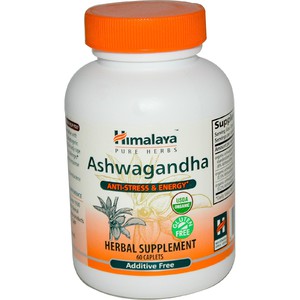 postoperative period;
postoperative period;- rehabilitation after a heart attack or stroke;
- increased anxiety, suspicious panic attacks and other psychosomatic manifestations;
- chronic fatigue syndrome, depressive conditions;
- all types of sleep disorders;
- all types of fibrosis and benign neoplasms;
- impotence, decreased libido;
- prostate adenoma, adnexitis, prostatitis;
- violation of the reproductive function of sperm;
- all types of gynecological diseases;
- the postpartum period, after the end of breastfeeding;
- genital herpes;
- endocrine diseases and hormonal imbalance;
- diabetes mellitus of any type;
- oncology and periods after radiation and chemotherapy;
- diseases accompanied by severe edema;
- violation of the blood count;
- dysbiosis, candidiasis, dysentery, chronic diarrhea;
- damage by parasites.
Contraindications
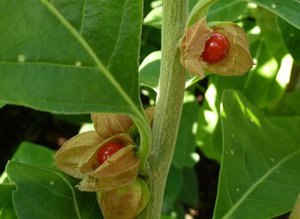 It is not recommended to combine sedatives and Ashwagandha, the simultaneous use of which can cause a sudden increase in sedation.
It is not recommended to combine sedatives and Ashwagandha, the simultaneous use of which can cause a sudden increase in sedation.
Take Ashwagandha with caution for diseases of the respiratory and digestive tract... In such cases, you should not self-medicate and get advice from a specialized specialist.
A complete contraindication - for gastritis with high acidity, stomach ulcers, during pregnancy and lactation.
Attention! With an overdose of Ashwagandha, delusional states, severe bouts of vomiting, hallucinations and toxic brain damage are possible. Call an ambulance immediately and get special help.
